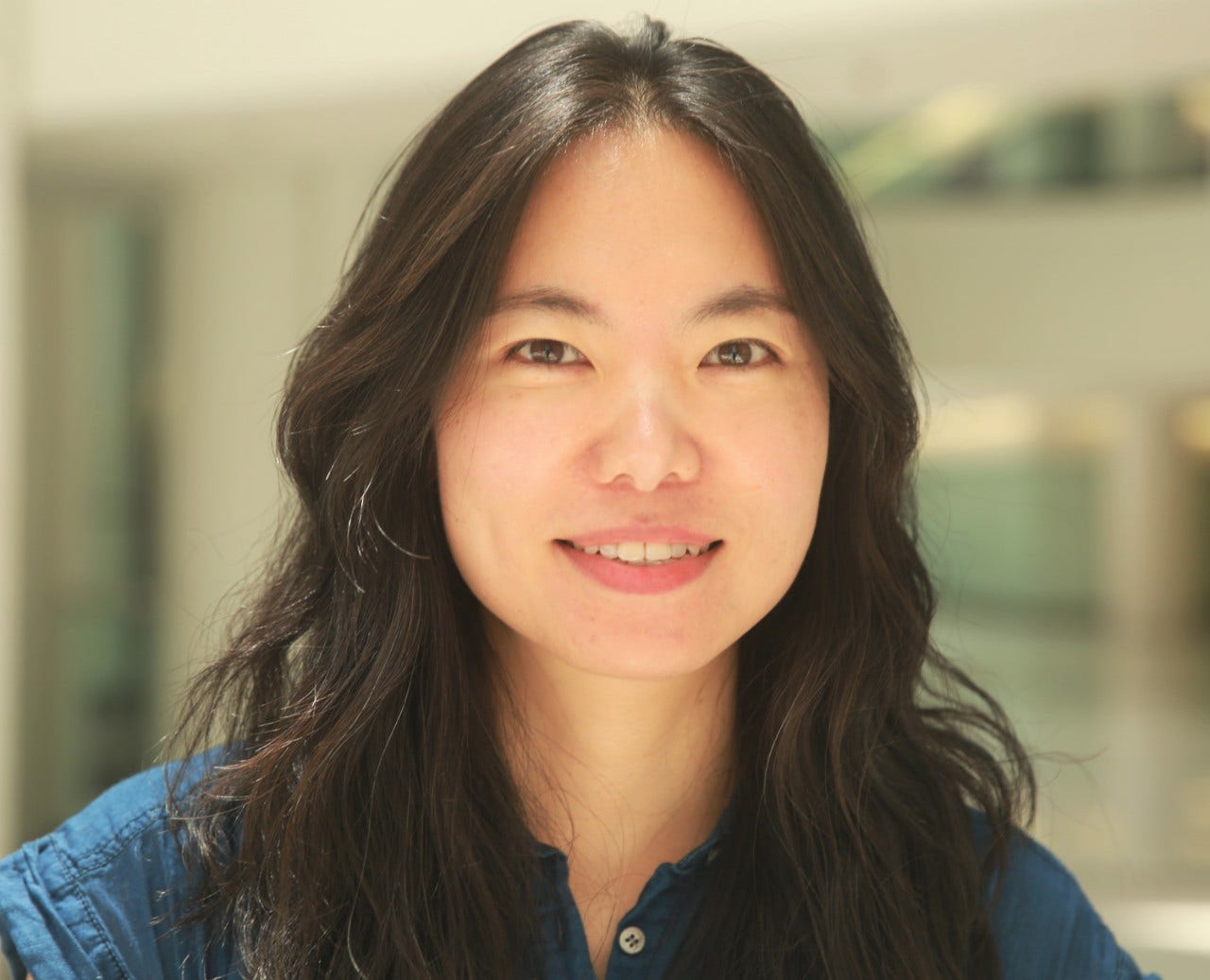Your gift is 100% tax deductible
New News About Breast Cancer Survivors' Risk of New Cancers
Data from breast cancer survivors showed that the cancer’s subtype and age at diagnosis affect the risk for developing a new type of cancer.
The Challenge
Invasive breast cancer is the most commonly diagnosed cancer among women in the United States. In 2019, there were more than 3.9 million survivors of breast cancer in the US. With improvements in the treatment for breast cancer and the increase in the US aging population, the number of breast cancer survivors is expected to increase. Plus, most of those survivors live for many years after their diagnosis. So, it’s more important than ever to take steps to keep improving quality of life after diagnosis and treatment of breast cancer.
One issue affecting breast cancer survivors is the risk of developing a new type of cancer (called a subsequent primary cancer or second cancer). Compared to the general population, breast cancer survivors have a 17% higher risk of developing a new cancer.
However, this increased risk is not the same for all breast cancer survivors. Studies have shown that the level of risk for developing a new type of cancer depends on the:
- Age at diagnosis of the first breast cancer
- Treatments received: radiotherapy, chemotherapy, and/or hormonal therapy
- Lifestyle factors, such as using tobacco and having obesity
- Genetic susceptibility
- Subtype of breast cancer that was diagnosed
How these factors interact and contribute to risk of developing a specific type of subsequent primary cancer is not well understood and needs more study.
The Research
A group of researchers from the American Cancer Society (ACS), Dana-Farber Cancer Institute, Mayo Clinic, and Institute for Health & Equity at the Medical College of Wisconsin, recently published their findings after studying the risk of 26 subsequent primary cancers among female breast cancer survivors based on their age when first diagnosed and the cancer’s hormone receptor status.
Most women live decades after being diagnosed with breast cancer, but some women may develop a new primary cancer years after successful treatment. Currently, there’s limited knowledge about the factors associated with a higher or lower risk for new primary cancers specific to breast cancer survivors, and there’s no established tool that predicts an individual’s risk of developing a new cancer. In this study, we found that the risk of developing a new primary cancer varies by the subtype of breast cancer a woman has as well as the age she was when she was first diagnosed with breast cancer. This result both highlights the need for tailored recommendations for preventing and screening for new primary cancers in breast cancer survivors based on their specific, personal risks and provides information to help establish such guidelines.
Hyuna Sung, PhD
American Cancer Society
Surveillance & Health Equity Science

Their study, led by ACS researcher Hyuna Sung, PhD, looked at data for women who were first diagnosed with invasive breast cancer between 1992 and 2015 and who survived for a year or longer. This included 431,222 women ages 20 to 84 years.
To evaluate women’s risks, they compared the risk of developing subsequent primary cancers among survivors versus the risk expected in the general population of the same age and race.
Most common subsequent cancers. Sung and her colleagues found that regardless of a woman’s breast cancer hormone receptor status, survivors were more likely than the general population to be diagnosed with 7 types of cancers:
- Acute nonlymphocytic leukemia (ANLL)
- Breast cancer (This is a second breast cancer—different from the first cancer coming back.)
- Colon cancer
- Endometrial Cancer
- Lung cancer
- Oral cavity/pharynx cancer
- Sarcoma
How hormone status and age affect risk. The researchers found that compared to the general public, breast cancer survivors had a greater risk of developing a subsequent primary cancer when their breast cancer had been:
- HR-negative (44% higher risk) than those with an HR-positive cancer (20% higher risk). Those with HR-negative cancers were more likely to develop ANLL and cancers of the peritoneum, breast, ovary, and lung.
- Diagnosed when they were between 20 and 49 years of age (70% higher risk for HR-positive and 124% higher risk for HR-negative) than for those diagnosed between the ages of 50 to 84 (11% higher risk for HR-positive and 22% higher risk for HR-negative)
Subsequent primary breast cancers. 1 in 20 survivors developed a new primary breast cancer, with 70% occurring in the other breast (contralateral).
Cancer types linked with specific risks:
- Only women with a history of an HR-positive breast cancer had higher risks for cancers of the thyroid, small intestine, pancreas, and bladder and melanoma. Risks varied based on the woman’s age at diagnosis.
- Only women with a history of an HR-negative breast cancer had higher risks for cancers in the esophagus, ovary, and peritoneum. Risks varied based on the woman’s age at diagnosis. For instance, women with HR-negative breast cancer also had a higher risk for ovarian cancer when their cancer was diagnosed before age 40.
Why It Matters
These findings suggest that the risk of breast cancer survivors developing a subsequent primary cancer differs greatly based on the initial HR subtype and a woman’s age at diagnosis. That knowledge can be used to develop survivorship care plans with more targeted approaches for cancer prevention and early detection, which can help ease the burden of new cancers among breast cancer survivors.



